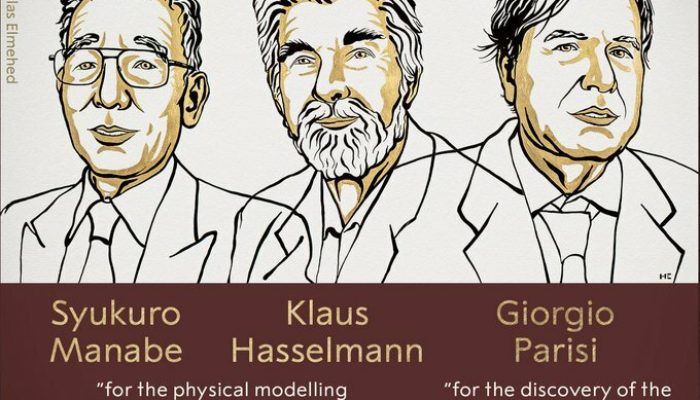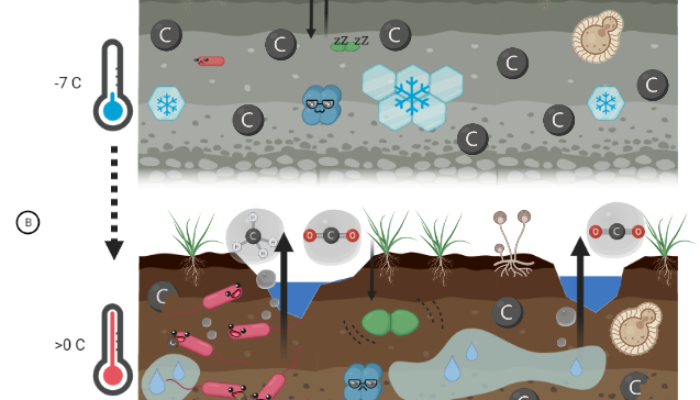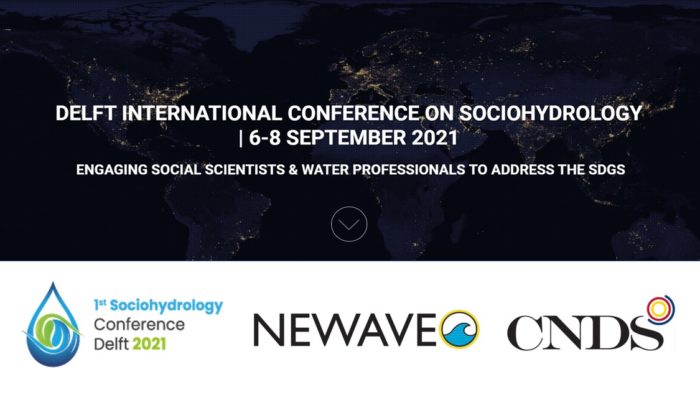On October 7th, the Nobel Prize in Physics 2021 was announced. It came as a stunning surprise for the Non-linear Processes and Climate communities, the recipients of this year’s award being two outstanding senior climate scientists, Klaus Hasselmann and Syukuro Manabe, and a theoretical physicist specialized in complex systems, Giorgio Parisi. For many, this award was welcomed as a long-awaited re ...[Read More]
Geodynamics
The Sassy Scientist – Take Nothing For Granted
Frustrated that her peers have won prestigious grants, while she has no money in the bank whatsoever, Bonnie asks: How do I win a big grant? Dear Bonbon, Everybody knows that the only way to win a grant is by having already won grants. Or awards. I’m not picky. And don’t think that I am joking about this. I am dead serious. At the very least you should have something on your CV that ma ...[Read More]
Tectonics and Structural Geology
Geomythology. Japan’s Earthquakes – The work of Namazu?
Welcome to this first post on the EGU TS blog’s newest series on Geomythology. Plate tectonic theory has existed for just over half a century but the Earth beneath us has always been active. In this series we explore historical and mythological explanations to tectonic phenomena we now understand, such as earthquakes, volcanoes, mountains, and others. Japanese earthquakes Japan is one of the count ...[Read More]
Cryospheric Sciences
It’s getting hot in here: Ancient microbes in thawing permafrost
Did you know that the oldest organism on Earth is believed to be a microorganism found in 3-million-year-old permafrost in Siberia? There, it was living at a cosy average temperature of -10 °C at 14 m depth. Or did you hear that some other Arctic soil microorganisms can happily live at extreme temperatures down to -40 °C? Scientists often use these “extreme” microorganisms to get an idea on how ex ...[Read More]
Seismology
SENSORChat: The challenges of the Chilean seismologists in the Atacama desert
“SENSOR” – stands for Seismological Experiments, Network Systems, Observations and Recovery In this blog series, curated by Chiara Civiero, we share news about recent or upcoming seismic experiments around the globe! Could you explain what your project is about? As part of the Advanced Mining Technology Center (AMTC) from Universidad de Chile, the Geological Resources Exploration, Characterizatio ...[Read More]
Geodynamics
Glitter and Geodes: Combining Social Media and Earth Sciences
Social media has become an important tool in science, for everything from getting your results out into the ether, recruiting students and faculty and to educating the masses. Content creators invite us into their world and this week we’re given behind-the-scenes access. PhD student Phylindia Gant from the University of Florida shares some pearls of wisdom to help us get started. Hi, I’m Philly! I ...[Read More]
Hydrological Sciences
Let’s talk about #sociohydrology
The world’s water crisis is complex, multifaceted and deeply intertwined with social processes. As such, it requires increased collaboration across multiple disciplines and the development of new paradigms for understanding and managing water resources. These scientific challenges have inspired the organizers of the 1st International Conference on SocioHydrology that took place between the 6th an ...[Read More]
Geochemistry, Mineralogy, Petrology & Volcanology
Meet the new GMPV Early Career Scientists Team!
2021 has been a year of great change for the Early Career Scientists (ECS) Committee of the GMPV Division. We have formed a new ECS team for the organization of our monthly GMPV Campfires, and recruited new members in the Blog and Social Media Team, with a total of 16 members! Before introducing the new team, we would like to thank Emily Mason for her great work as ECS coordinator for the years GA ...[Read More]
Natural Hazards
Should I stay or should I go? Insights from an expert on a career outside academia
Trying something new and thinking outside the box is always challenging, both within and outside academia. Exploring alternative paths outside academia can be daunting, but you can also have a great time seizing every opportunity available. To shed a bit of light on this quest, it is my pleasure to interview Dr Alka Tripathy-Lang. Thank you, Alka, for accepting this interview! Alka received her Ph ...[Read More]
Soil System Sciences
The importance of our SSS (…Soil Support Staff!) #8
Our monthly series, Technician of the Month, is back after a restorative Summer break. This month, we continue on our quest to celebrate the wonderful work carried out by technicians, laboratory assistants, and research support staff in soil science. This monthly blog post is our opportunity to thank these key individuals, and their tireless efforts to maintain our laboratories, carry out fieldwor ...[Read More]









